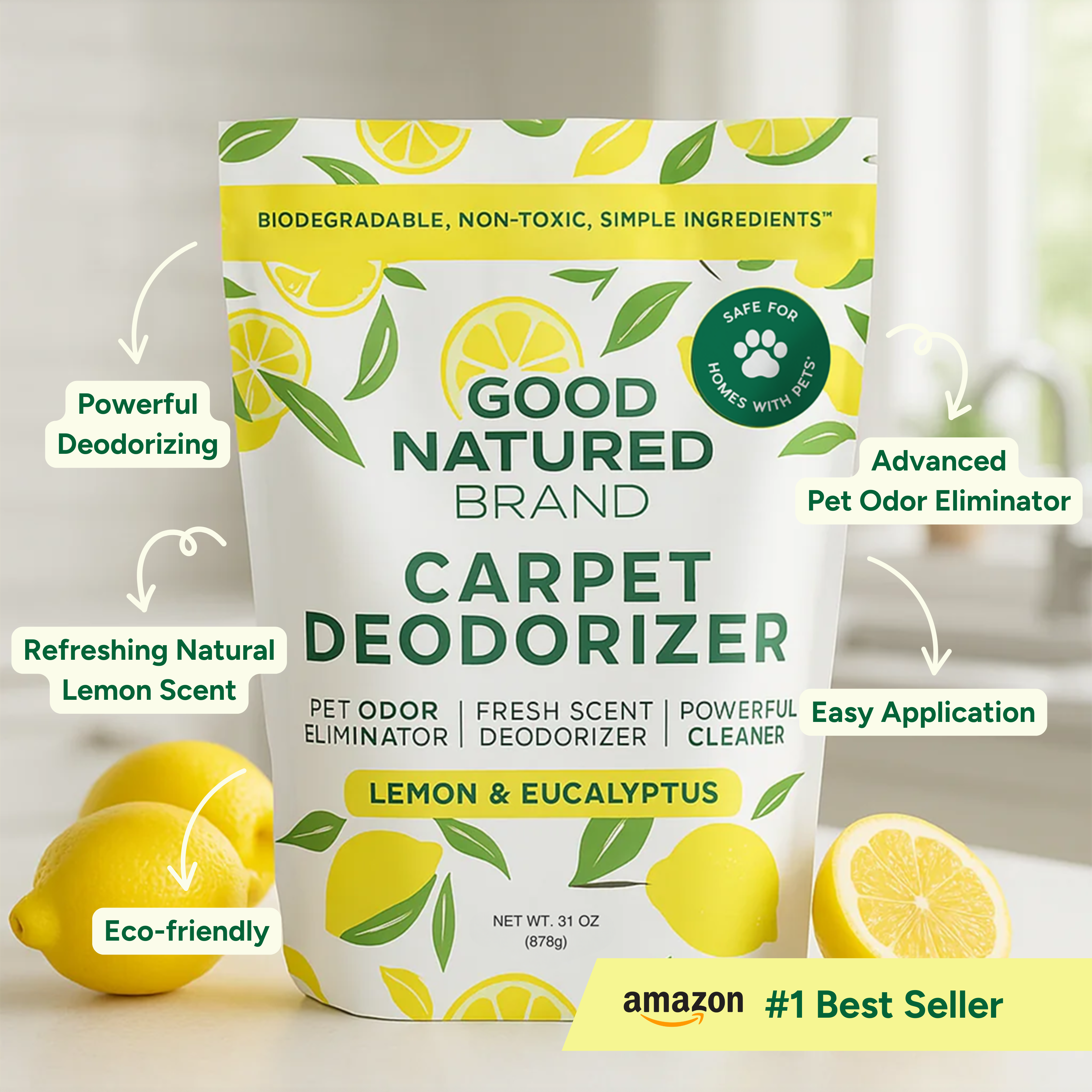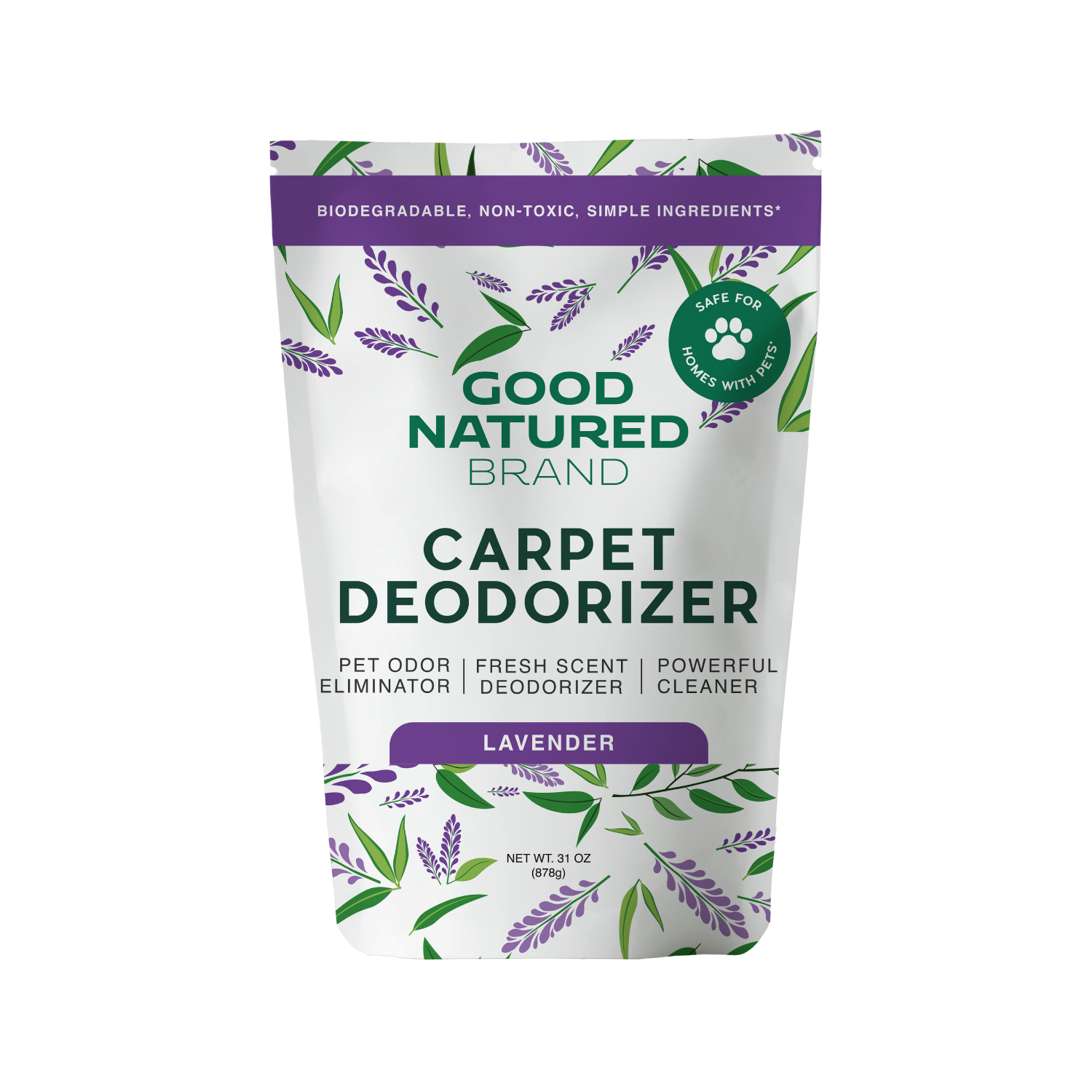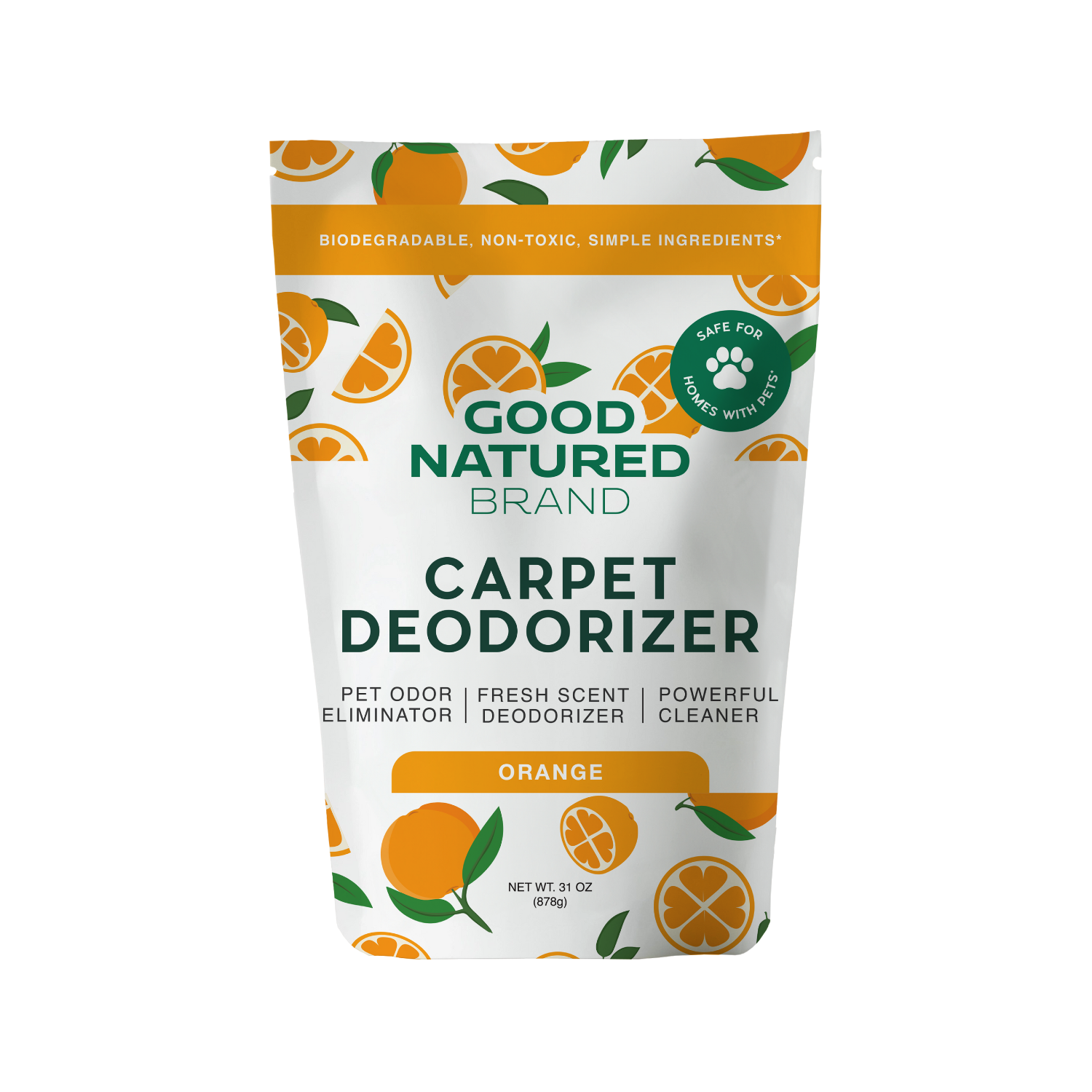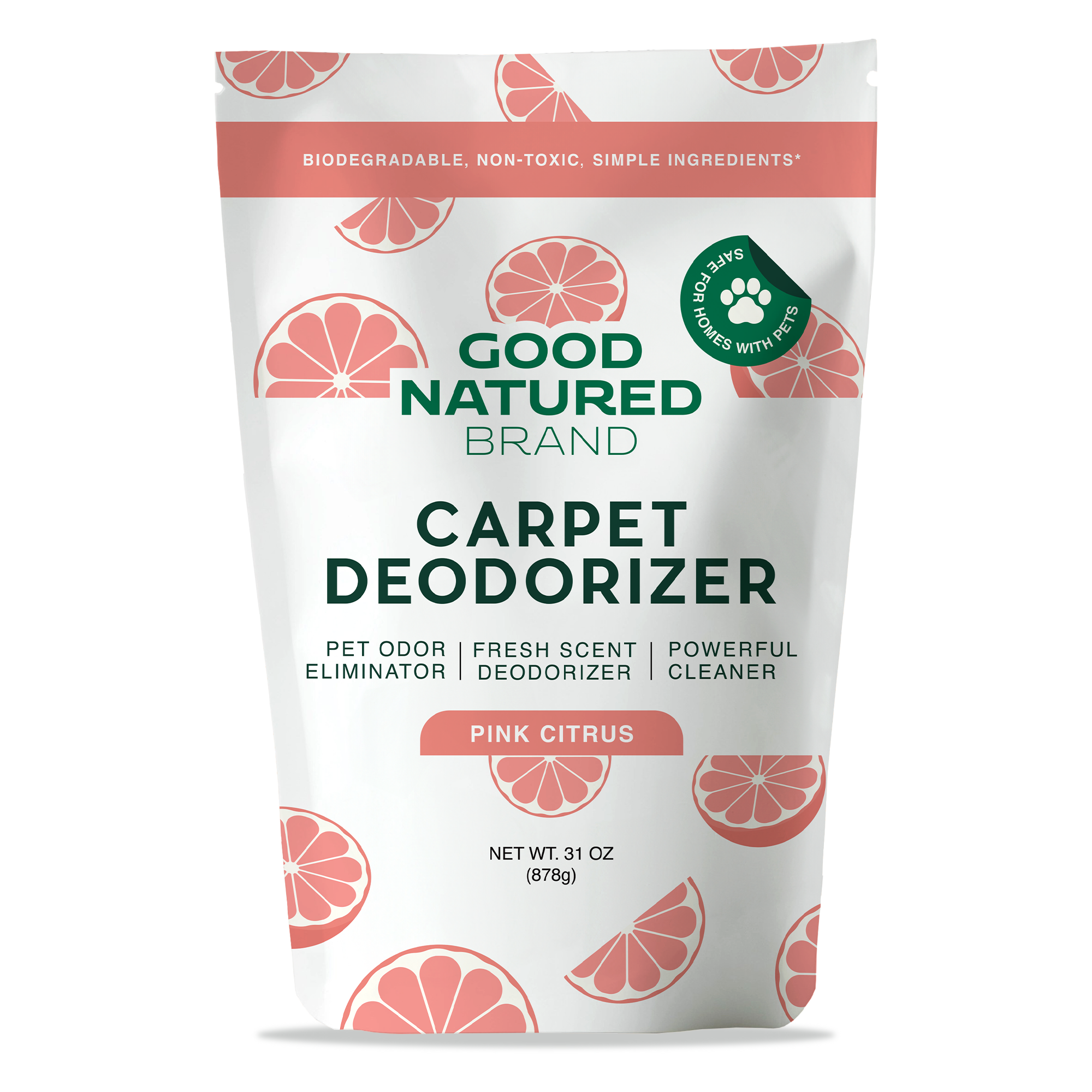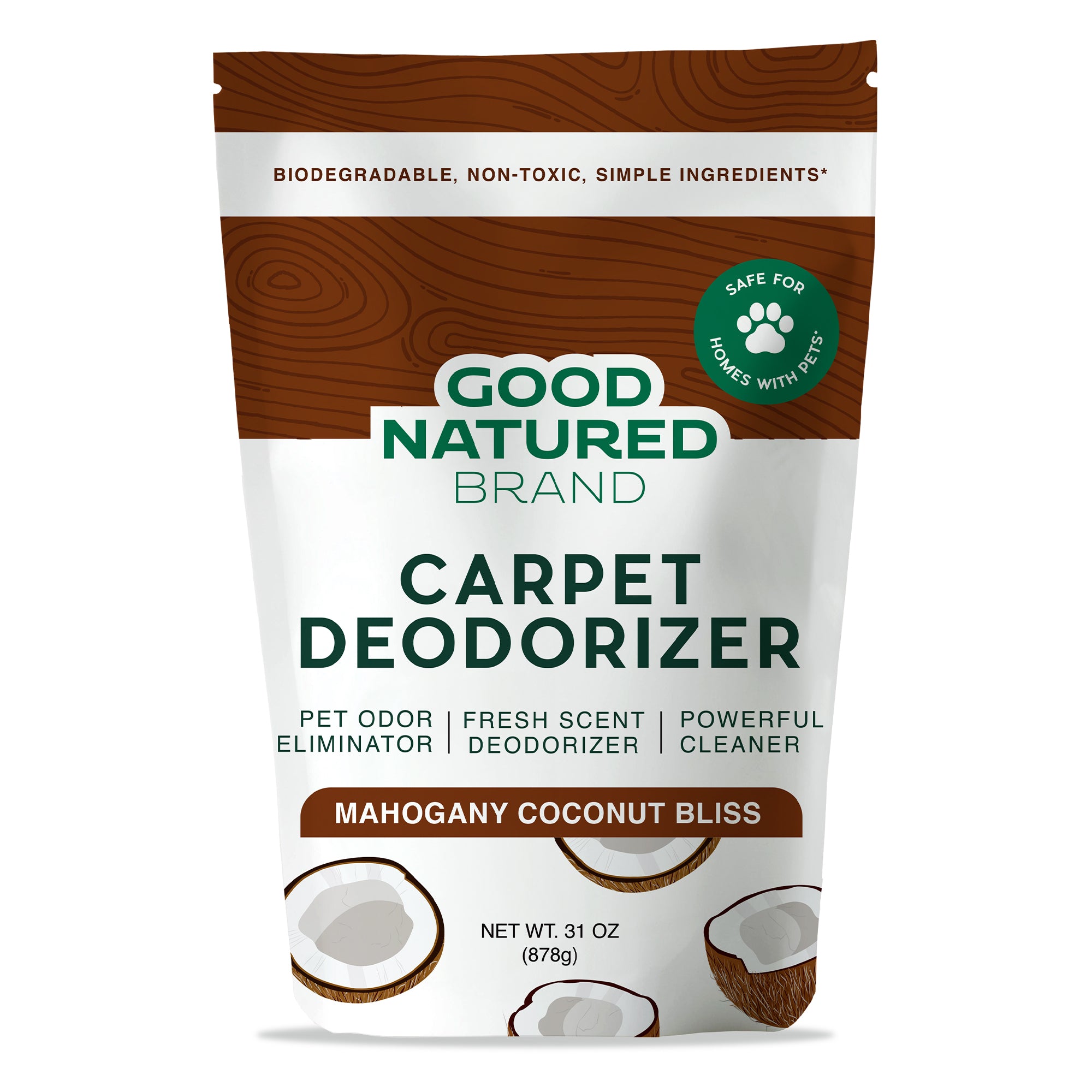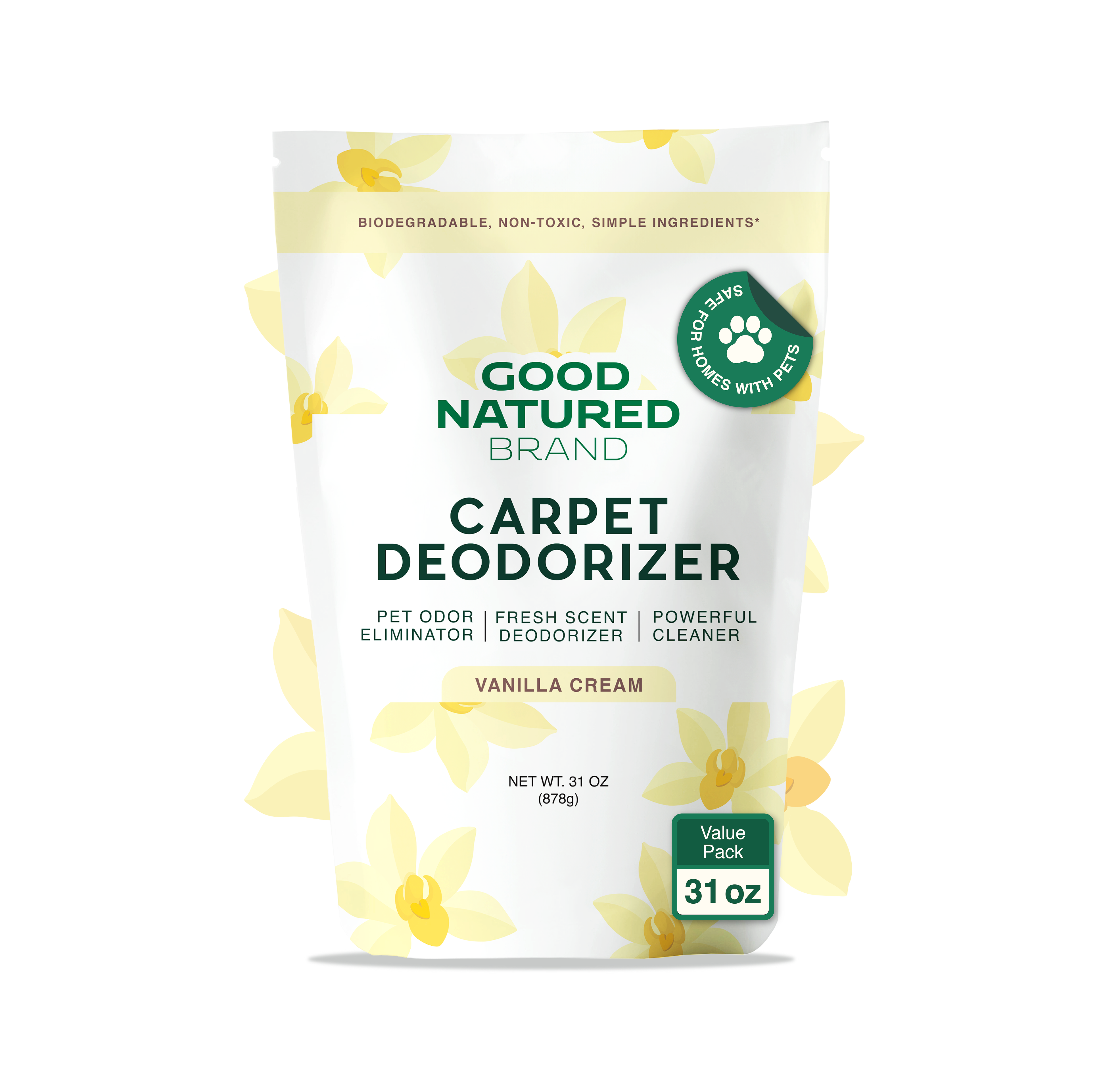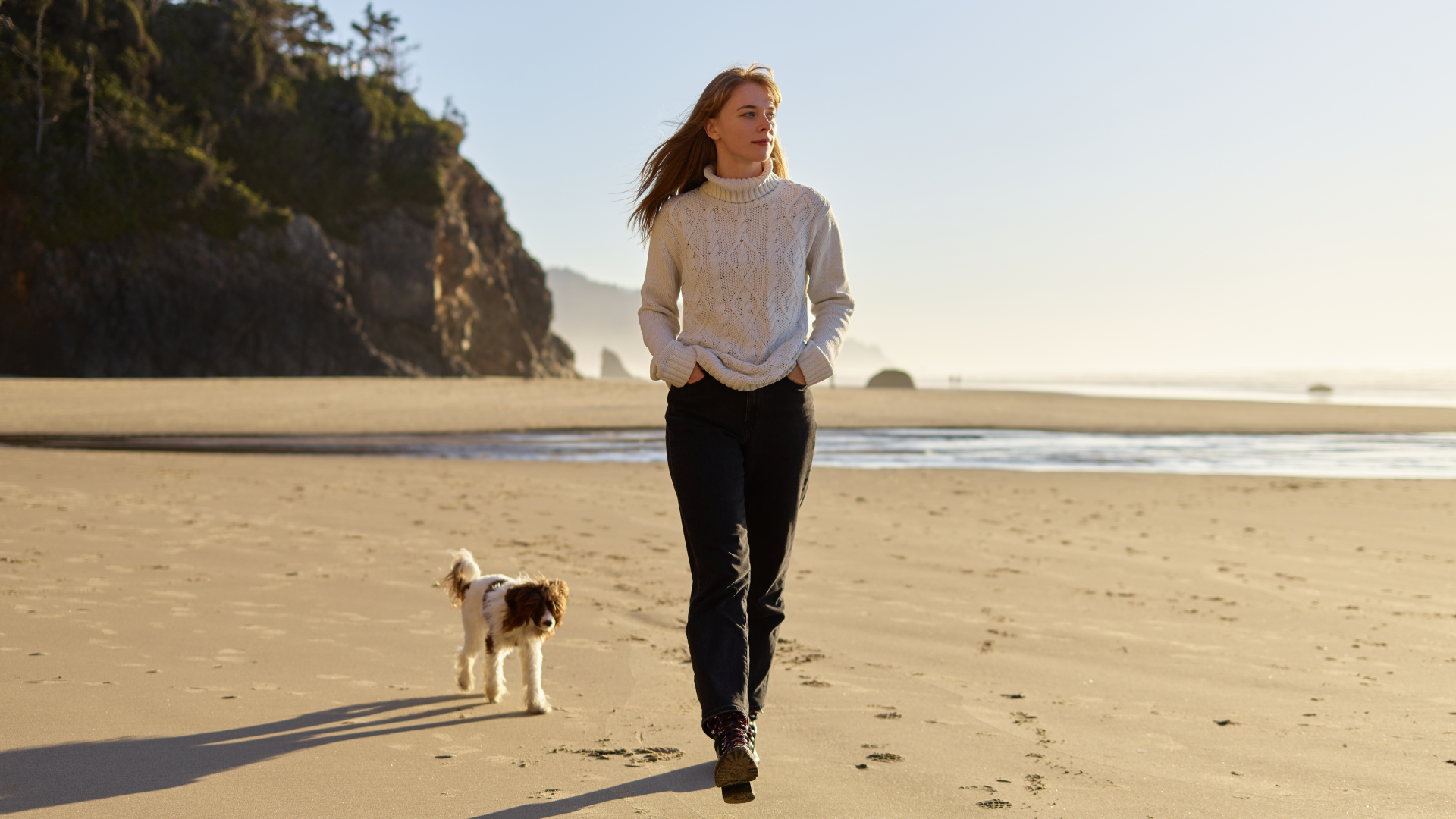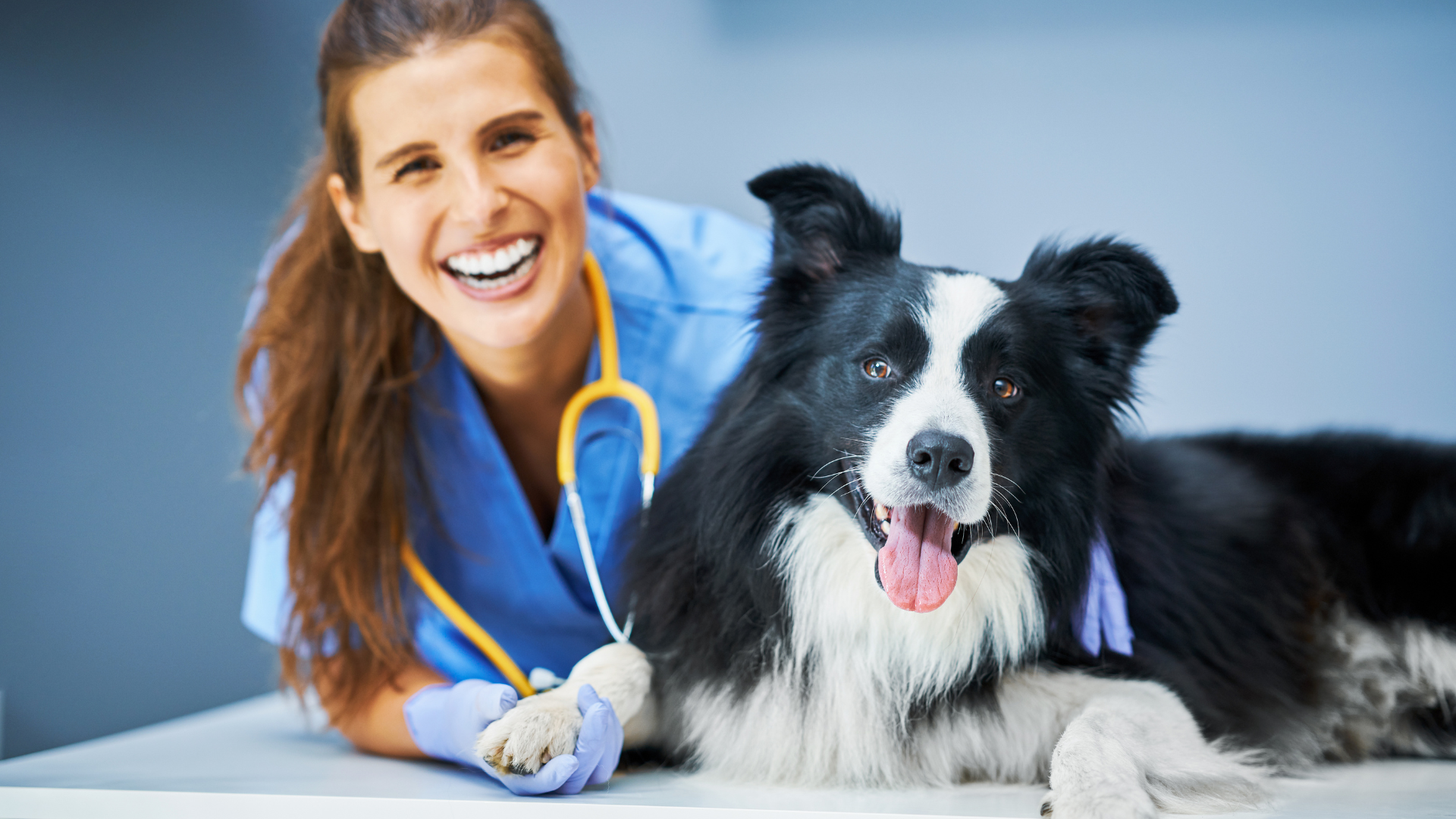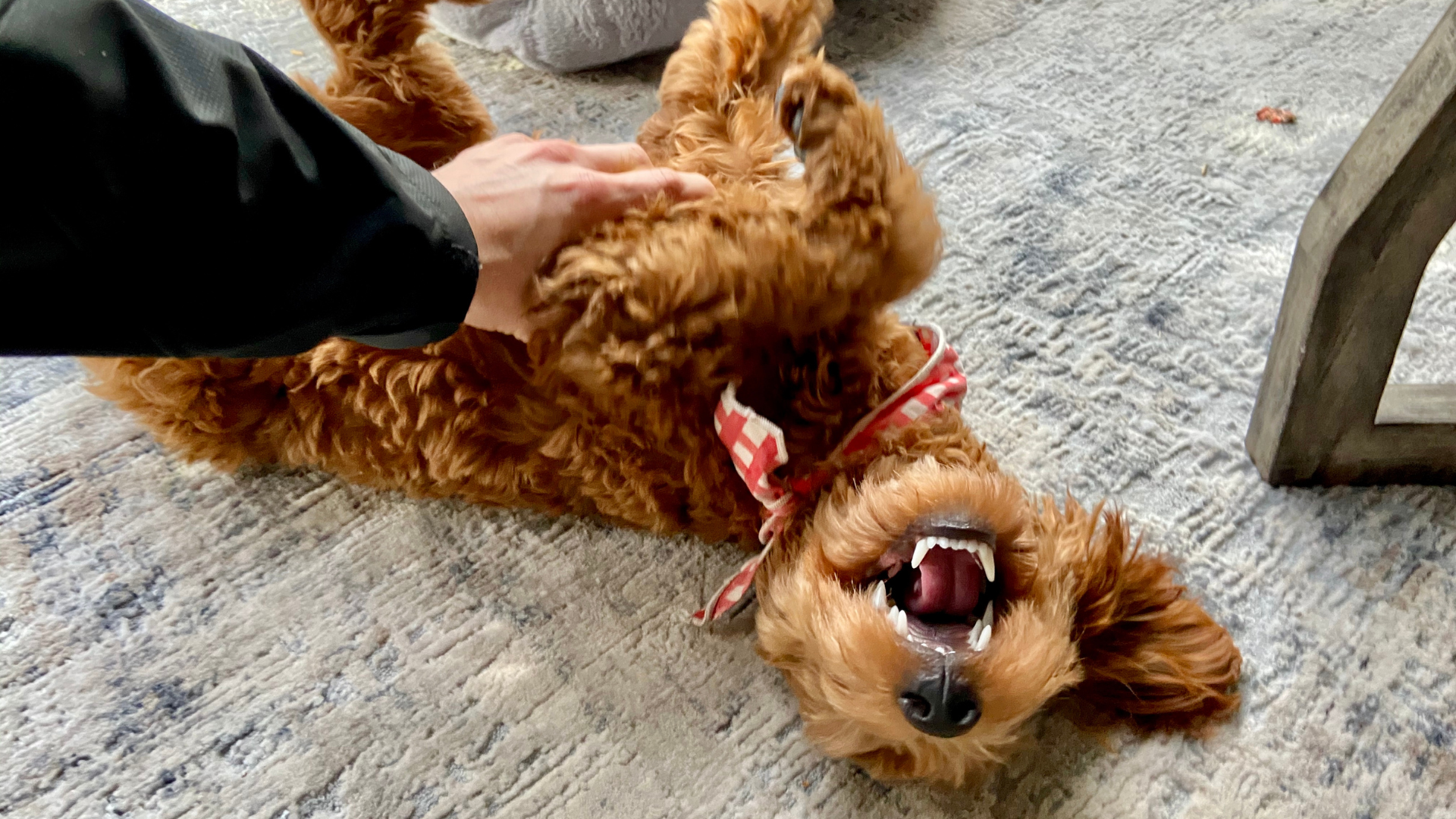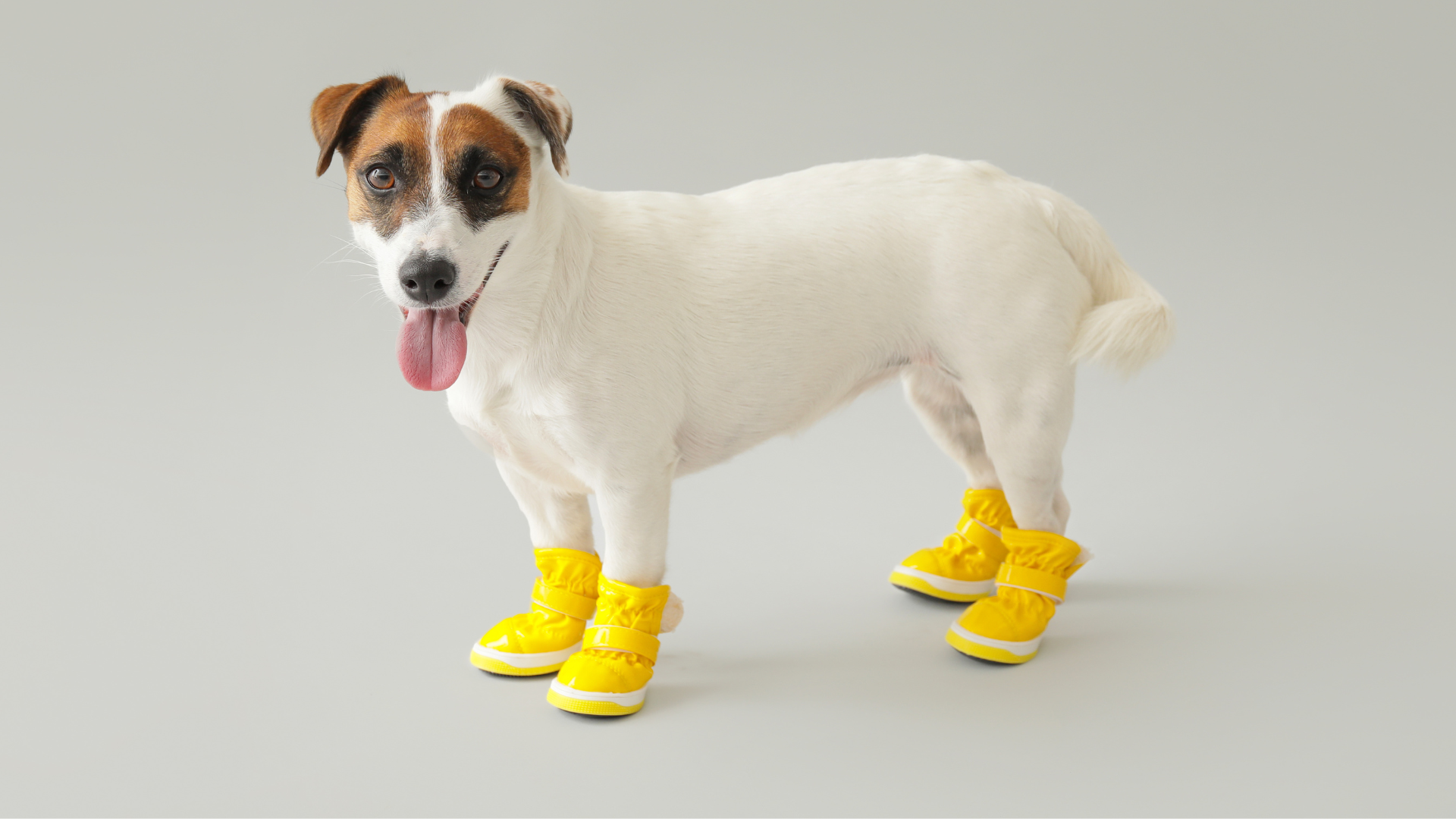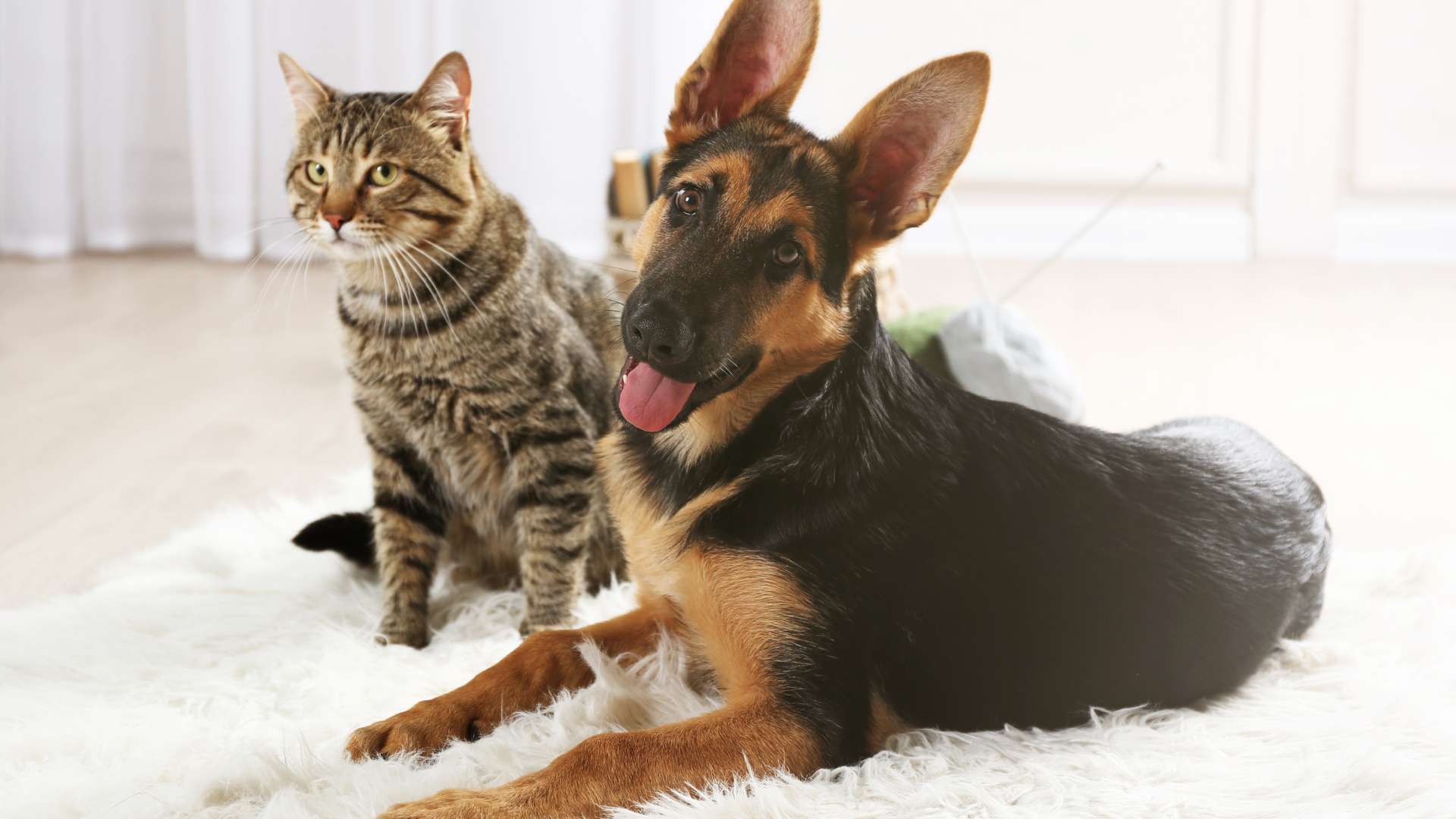There’s something awe-inspiring about standing next to a towering dog whose head reaches your waist—or even your chest. These gentle giants captivate dog lovers worldwide with their majestic height, calm presence, and loyal personalities.
If you’ve ever wondered what is the tallest dog breed, or what life is like with such an enormous companion, this guide will walk you through the tallest breeds on Earth, their histories, and what makes them so extraordinary.
What Does “Tallest Dog Breed” Mean
When we talk about the tallest dog breed, we’re referring to the dog’s height measured from the ground to the withers (the highest point of the shoulders, where the neck meets the back).
It’s important to distinguish between:
-
Tallest dog breeds: Long-legged breeds that stand higher off the ground.
-
Largest or heaviest dog breeds: Broad, massive breeds that may weigh more but stand shorter.
For example, the English Mastiff can weigh over 200 pounds but stands shorter than the tallest sighthounds. Meanwhile, breeds like the Irish Wolfhound tower above most dogs yet remain relatively lean.
Understanding this distinction helps clarify which breeds are truly the tallest rather than simply the biggest.
The Tallest Dog Breed in the World: Irish Wolfhound
The undisputed answer to what is the tallest dog breed is the majestic Irish Wolfhound, often called the “gentle giant” of the canine world.
Average Height and Build
-
Males: 32–35 inches at the shoulder (often taller than small children)
-
Females: 30+ inches
-
Weight: 105–180 pounds depending on gender and build
Origins and History
Originally bred in Ireland as a big-game hunter, Irish Wolfhounds were used to hunt wolves, elk, and wild boar. Their incredible height and speed allowed them to chase down prey in open fields. Today, they are admired for their gentle, affectionate personalities.
Temperament
Despite their imposing size, Irish Wolfhounds are known for being calm, loyal, and affectionate with their families. They are patient with children, gentle with strangers, and surprisingly quiet indoors.
Care Considerations
Their large size means they need:
-
Room to stretch out and move around
-
High-quality nutrition to support rapid growth during puppyhood
-
Gentle daily exercise to build strong muscles and joints
Their combination of size, grace, and sweetness makes them a top contender for anyone researching the tallest dog breed.
Runner-Up Tall Breeds: Great Dane and Scottish Deerhound
While Irish Wolfhounds are usually the tallest by breed average, individual Great Dane dogs often reach incredible heights, sometimes taller than Irish Wolfhounds.
Great Dane
-
Average height: 30–34 inches (males), 28–32 inches (females)
-
Known for their sleek, elegant build and towering stance
-
One Great Dane named Zeus holds the record as the tallest dog ever, measuring 44 inches at the shoulder!
-
Temperament: affectionate, protective, and playful
-
Requires early training to manage their size and strength
Scottish Deerhound
-
Average height: 30–32 inches (males), 28+ inches (females)
-
Tall and lean sighthound built for chasing deer across rugged terrain
-
Calm and sensitive with gentle dispositions
-
Their height is often underestimated due to their slim frame, but they are among the tallest breeds overall
Both breeds stand out for their towering height and loving personalities, making them impressive companions.
Other Impressively Tall Dog Breeds
Several other breeds also deserve recognition for their striking height:
Borzoi
-
Also called the Russian Wolfhound
-
28–32 inches tall
-
Elegant, slim sighthounds known for their long legs and flowing coats
Anatolian Shepherd
-
Powerful livestock guardian
-
29–32 inches tall
-
Muscular and alert, bred to protect flocks from predators
Leonberger
-
28–31 inches tall
-
Giant, lion-like family dog with a regal appearance
-
Gentle and calm despite their size
English Mastiff
-
27–30 inches tall (but weighing up to 230 pounds)
-
Less tall but impressively massive—more known for bulk than height
Though not as tall as Irish Wolfhounds or Great Danes, these breeds can still tower over average dogs and turn heads wherever they go.
Factors That Contribute to a Dog’s Height
Height is determined primarily by genetics, but several other factors influence how tall a dog becomes:
Selective Breeding
Generations of breeders have selected for longer legs and larger frames to develop tall breeds like Irish Wolfhounds and Scottish Deerhounds.
Nutrition During Growth
Puppies need balanced, high-quality food to support steady bone growth. Overfeeding can cause overly rapid growth, which may harm their joints.
Exercise and Development
Appropriate, low-impact exercise strengthens bones and muscles to support their growing frames. Excessive high-impact exercise at a young age can cause joint damage.
Health and Genetics
Inherited health issues or poor early nutrition can stunt growth, while strong genetics support optimal height potential.
Understanding these factors can help owners raise tall breeds safely and responsibly.
Myths and Facts About the Tallest Dog Breeds
Because of their size, tall dogs are often misunderstood. Let’s clear up a few common myths:
Myth: Tall dogs are aggressive.
Fact: Most tall breeds are calm, gentle, and affectionate. Many are known as “gentle giants.”
Myth: Tall dogs have very short lifespans.
Fact: While some giant breeds live shorter lives (6–10 years), proper diet, exercise, and vet care can extend their lifespan and quality of life.
Myth: Tall dogs require endless exercise.
Fact: Many tall breeds are surprisingly low-energy indoors. They enjoy daily walks and moderate play but are content to relax much of the day.
Myth: They can’t live indoors.
Fact: Most tall dogs are very adaptable and thrive in a calm indoor environment with enough space to stretch out.
Breaking these myths helps more people see the joy and love tall dogs can bring to a home.
Keeping the Environment Clean for Tall Dog Breeds
Large dogs can track in more dirt and shed more dander simply because of their size. Keeping your home clean makes life easier for everyone.
-
Sprinkle Carpet Deodorizers on rugs and carpets where your tall dog rests to neutralize lingering odors.
-
Wash their oversized bedding, blankets, and towels often with Laundry Powders to remove fur and allergens.
-
Wipe down feeding stations, walls, and baseboards using pet-safe All-Purpose Cleaners to eliminate drool and paw prints.
Maintaining a clean home not only keeps your dog healthy but also ensures their size doesn’t overwhelm your living space.
Special Care Needs of the Tallest Dog Breeds
Tall breeds grow fast, and that growth places extra strain on their bones, joints, and muscles.
Managing Rapid Growth
Giant-breed puppies like Scottish Deerhounds can gain several pounds each week during growth spurts. It’s crucial to avoid overfeeding or overexercising during this stage. Controlled growth helps prevent joint deformities and reduces the risk of Hip dysplasia or Elbow dysplasia later in life.
Supporting Joint Health
Provide supportive, padded bedding and limit slippery floors. Joint supplements such as glucosamine and chondroitin can also help build resilience as they age.
Body Awareness Training
Many tall dogs are unaware of their size as puppies. Gentle leash training, basic obedience, and teaching them how to navigate small spaces will prevent accidents as they grow.
Feeding and Nutrition for Giant Breeds
Proper nutrition is essential for the tallest breeds, as they are prone to bone and joint issues if they grow too quickly.
Large-Breed Puppy Food
Choose formulas designed specifically for giant-breed puppies. These have controlled calcium and phosphorus levels to support slow, steady bone growth.
Calorie Management
Overfeeding may seem harmless, but extra weight increases the risk of Gastric Dilatation-Volvulus (bloat), joint strain, and heart issues. Follow your vet’s recommended feeding amounts closely.
Supplements for Bone and Heart Health
Omega-3 fatty acids for joint lubrication, taurine for heart support, and glucosamine for joint development are beneficial, especially in breeds like Great Danes prone to Dilated cardiomyopathy.
Meal Scheduling
Feed two to three smaller meals daily instead of one large meal to reduce the risk of bloat. Always rest your dog after meals before allowing vigorous play or walks.
Grooming Routines for Tall Dogs
Tall dogs have more surface area to care for, and their grooming routines require planning and patience.
Brushing and Coat Care
Brush your dog weekly to remove loose fur and dander. Tall sighthounds like Borzois may need daily brushing during seasonal sheds, while short-coated breeds require only light grooming.
Bathing and Drying
Use a large walk-in shower or outdoor bathing station. Support their weight with non-slip mats to prevent injury. Dry thoroughly to avoid moisture buildup on the skin.
Nail and Paw Care
Due to their size, overgrown nails can cause joint strain. Trim nails regularly or have them done professionally if your dog resists handling.
Cleaning Their Environment
-
Wash their oversized bedding and towels often with Laundry Powders to remove fur and allergens.
-
Sprinkle Carpet Deodorizers on rugs and carpets where they lounge to neutralize lingering pet odors.
-
Mop floors, wipe baseboards, and clean drool spots using pet-safe All-Purpose Cleaners to keep your space fresh and bacteria-free.
Exercise and Training for the Tallest Dog Breeds
While these breeds are often calm indoors, they still need regular activity to stay healthy and prevent obesity.
Low-Impact Daily Exercise
Gentle walks and free play in a secure yard are ideal. Avoid repetitive jumping, long stair climbs, or strenuous running, especially in puppies.
Mental Stimulation
Puzzle toys, training games, and scent work can challenge their minds and prevent boredom. Mental engagement helps reduce destructive behaviors in big, strong dogs.
Leash Training and Manners
Because they can easily pull an adult off balance, early leash training and basic obedience are essential. Socialization from a young age helps them remain calm and confident in public.
Common Health Concerns in the Tallest Dog Breeds
Tall breeds are prone to specific health issues that owners should monitor closely.
Joint Disorders
Conditions like Hip dysplasia, Elbow dysplasia, and arthritis are common due to their rapid growth and weight. Regular vet checkups and maintaining a lean body condition help reduce risks.
Bloat (Gastric Dilatation-Volvulus)
This life-threatening condition affects deep-chested breeds such as Irish Wolfhounds and Great Danes. Preventive measures include slow feeding, raised food bowls, and avoiding vigorous activity after meals.
Heart Conditions
Some tall breeds are prone to Dilated cardiomyopathy, especially if overfed. Regular cardiac screening is recommended for at-risk breeds.
Shorter Lifespan
Most tall breeds live 7–10 years, though good care and healthy weight management can extend their lifespan and quality of life.
Preparing Your Home for the Tallest Dog Breeds
Making your home tall-dog-friendly will make life easier for both you and your canine companion.
Space Planning
Provide wide walkways and large dog beds that let them stretch fully. Keep breakable décor out of range of their sweeping tails.
Non-Slip Surfaces
Add rugs or runners to prevent slipping on tile or hardwood floors. This reduces joint strain and helps older dogs maintain stability.
Cleanliness and Odor Control
-
Vacuum frequently and use Carpet Deodorizers to control fur and odors from their favorite napping spots.
-
Wash blankets and rugs regularly with Laundry Powders to remove allergens and dirt.
-
Sanitize feeding zones, baseboards, and floors using All-Purpose Cleaners to keep bacteria at bay.
A clean environment not only protects your dog’s health but also keeps your living space comfortable despite their size.
The Personality of Tall Dog Breeds — Gentle Giants
Despite their intimidating height, most tall breeds are remarkably affectionate and calm.
-
Irish Wolfhounds are famously gentle and quiet indoors
-
Great Danes are affectionate “lap dogs” who love human contact
-
Scottish Deerhounds are sensitive, loyal, and laid-back
Their stable, loving personalities make them excellent family companions, provided they are given enough space and guidance.
Are the Tallest Dog Breeds Right for You
Before adopting a tall breed, it’s important to consider your lifestyle and resources.
Ideal Owners
-
Have spacious homes or yards
-
Can afford higher food and vet costs
-
Are committed to consistent grooming and training
-
Have time to exercise and bond daily
Challenges to Consider
-
Higher expenses for food, beds, and medical care
-
Larger messes from shedding, drooling, or muddy paws
-
Difficulty traveling or finding pet sitters who can handle their size
If these challenges fit comfortably into your lifestyle, a tall breed may be the perfect gentle giant for your home.
Resources for Caring for the Tallest Dog Breeds
Tall dog breeds bring immense joy, but they thrive best with informed care. For more pet parenting tips, home cleaning routines, and wellness advice, visit the Good Natured Brand Blog.
You can also explore the Good Natured Brand main page to discover eco-friendly, pet-safe cleaning products that help keep your tall dog’s environment healthy, fresh, and safe.
Tallest Dog Breeds
Caring for one of the tallest dog breeds is a big responsibility—literally. These gentle giants bring love, loyalty, and elegance into your life, but they require thoughtful feeding, structured exercise, dedicated grooming, and a clean, safe home.
If you’re prepared for the commitment, you’ll gain not just a pet, but a faithful companion who will stand tall by your side in every way.
